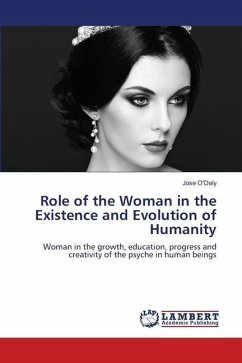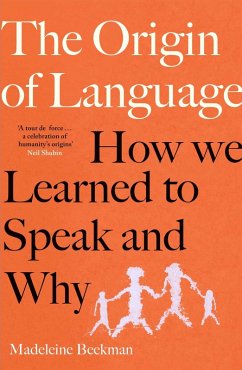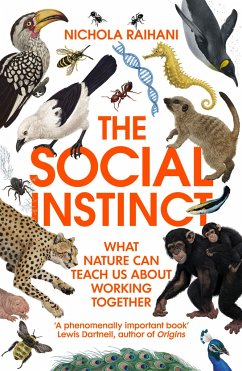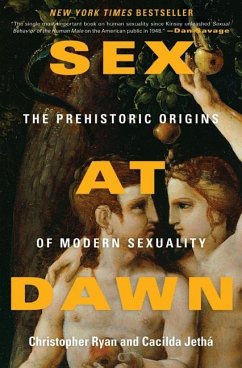
Role of the Woman in the Existence and Evolution of Humanity
Woman in the growth, education, progress and creativity of the psyche in human beings
Versandkostenfrei!
Versandfertig in 6-10 Tagen
40,99 €
inkl. MwSt.

PAYBACK Punkte
20 °P sammeln!
The most important human on earth is the woman. The leaders are shifting, from male figures to a field balanced by both sexes. Laws prohibiting women seeking education in Europe and North America were overturned in 19th century, with the opening of the first women's colleges. In the second half of the 20th century women gained access to graduate education and could become professors. Rosalind Franklin developed images of DNA and decipher its structure, the most important scientific breakthroughs of the 20th century and Marthe Gautier, first identified aneuploidy as the cause of Down syndrome. ...
The most important human on earth is the woman. The leaders are shifting, from male figures to a field balanced by both sexes. Laws prohibiting women seeking education in Europe and North America were overturned in 19th century, with the opening of the first women's colleges. In the second half of the 20th century women gained access to graduate education and could become professors. Rosalind Franklin developed images of DNA and decipher its structure, the most important scientific breakthroughs of the 20th century and Marthe Gautier, first identified aneuploidy as the cause of Down syndrome. Marie Curie, the best known female scientist, who earned two Nobel Prizes, was turned down for membership of the prestigious Académie royale des Sciences in 1911, the very year she went on to win her second Nobel Prize. The most prestigious award in the world, the Nobel Prize between 1901 and 2014 only 3% of all Nobel awardees were women also at the forefront of evolutionary applications. Bipedalism is the basic hominid adaptation with skeletal changes shared by all bipedal hominids. Humans developed a larger brain than other primates, 1,330 cm3 in modern humans.












